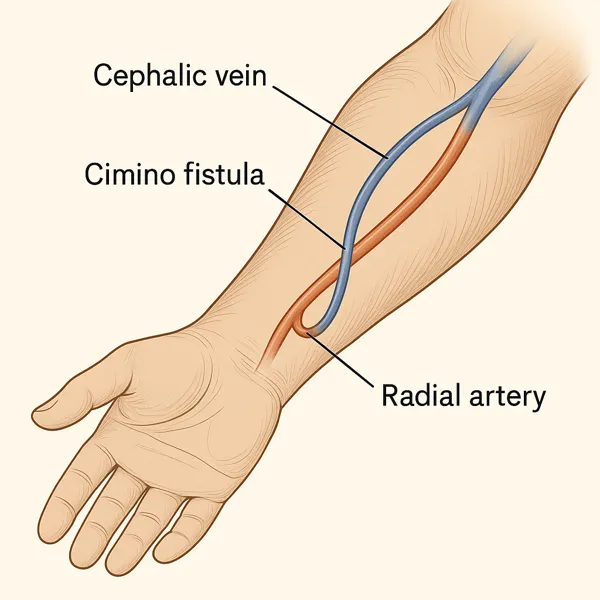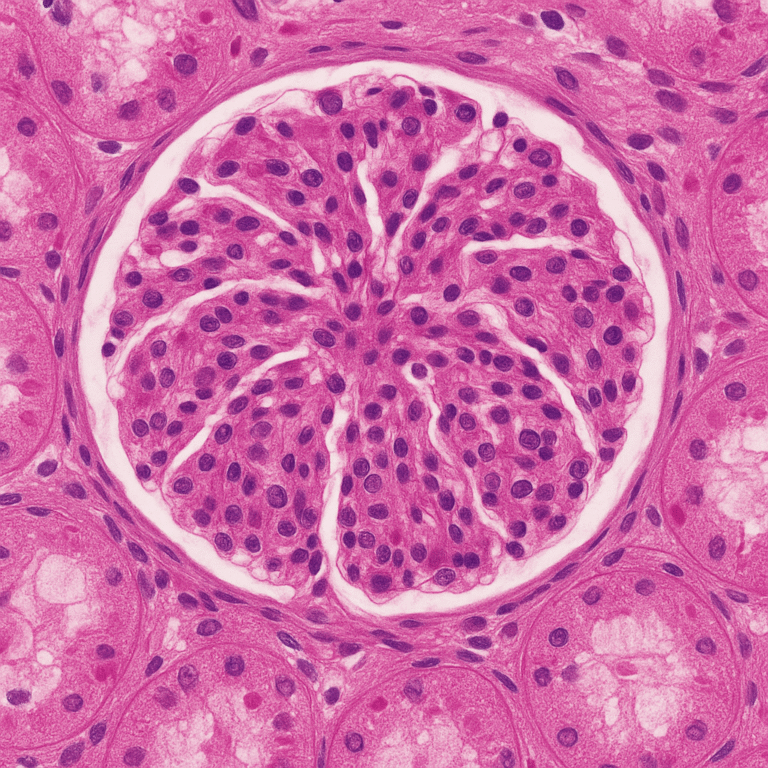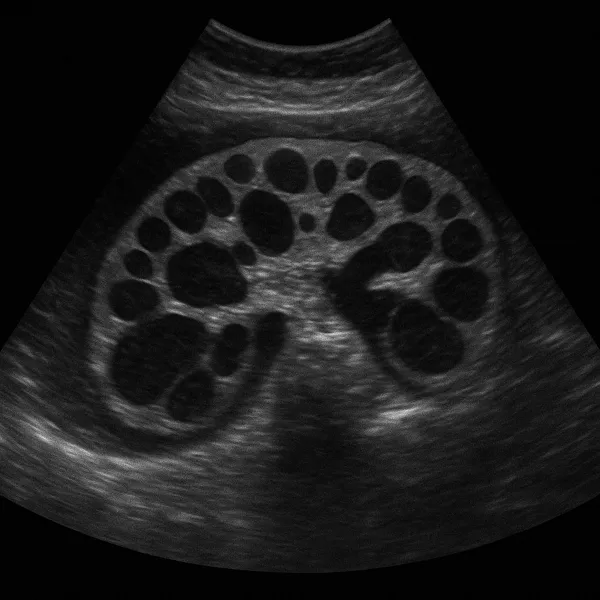Transplant First: Why Preemptive Kidney Transplant May Be Your Best Option
When kidneys begin to fail, dialysis is often the next step patients expect. But for those with advanced chronic kidney disease (CKD), there’s another option—one that can potentially eliminate the need for dialysis entirely. A preemptive kidney transplant allows eligible patients to receive a kidney before ever starting dialysis. It’s not just possible—it’s often the preferred path for those who act early.
This blog explains what a preemptive kidney transplant involves, who qualifies, and why timing is everything.
What Is a Preemptive Kidney Transplant?
A preemptive kidney transplant is a kidney transplant performed before dialysis is needed. Rather than waiting until kidney failure becomes urgent, patients undergo transplantation while kidney function is still declining but not yet at critical levels—usually in Stage 4 or early Stage 5 CKD, when estimated glomerular filtration rate (eGFR) falls below 20 mL/min.
Unlike transplants performed after dialysis begins, preemptive kidney transplants happen in a more controlled setting. They typically involve a living donor, since wait times for deceased donor kidneys are often too long to avoid dialysis.
To pursue a preemptive kidney transplant, patients must:
- Be under regular care by a nephrologist
- Receive early referral to a transplant center
- Complete a full transplant evaluation
- Identify a medically suitable donor (living or deceased)
Why Choose Preemptive Kidney Transplant Over Dialysis?
Choosing a preemptive kidney transplant isn’t just about skipping dialysis—it’s about improving outcomes and preserving quality of life. Studies have shown that this approach:
- Improves survival: Patients who receive a transplant before dialysis live longer than those who wait.
- Protects graft function: Kidneys transplanted before dialysis begins tend to last longer.
- Reduces complications: Avoiding dialysis reduces risks like infection, hypotension, and hospitalization.
- Enhances well-being: Patients often report better energy, fewer restrictions, and a faster return to daily life.
- Lowers healthcare costs: Transplant surgery has upfront costs, but dialysis over time is far more expensive.
Leading transplant centers and guidelines consider a preemptive kidney transplant the gold standard when feasible.
Who Is Eligible for a Preemptive Kidney Transplant?
Not everyone qualifies, but many people are eligible and simply haven’t been referred in time. You may be a candidate for preemptive kidney transplant if:

- Your eGFR is under 20 mL/min and declining
- You are in Stage 4 or early Stage 5 CKD
- You are medically stable and cleared for major surgery
- You are free from active infections or advanced comorbidities
- You have a willing living donor or are ready to join the transplant list early
Even if your donor is not a match, kidney paired donation programs can link you to compatible donors.
What Does the Process Involve?
Planning for a preemptive kidney transplant takes time and coordination. Here’s what the process often includes:
- Start the conversation early
As your eGFR approaches 25, ask your nephrologist about referral to a transplant center. - Get evaluated
Transplant centers assess your overall health, conduct labs, imaging, and may include heart and cancer screenings. - Screen your donor
If you have a potential living donor, they begin a separate but parallel evaluation. - Set a timeline
If cleared, you may schedule surgery in advance. If using a deceased donor, you’ll be added to the UNOS waitlist once criteria are met.
This proactive approach can prevent the need for dialysis altogether.
What If I Don’t Have a Living Donor?
While a living donor offers the best path to a preemptive kidney transplant, you still have options:
- Early listing with UNOS may shorten wait time if your eGFR is below 20 mL/min.
- Paired exchange programs help incompatible donor-recipient pairs match with others.
- Altruistic donors sometimes begin donor chains that reach people without personal donors.
Even if dialysis becomes necessary while you wait, early referral improves long-term transplant outcomes.
When to Take Action
Don’t wait for symptoms of kidney failure. If you’re in Stage 4 or early Stage 5 CKD, now is the time to act.
- Ask your doctor about transplant referral
- Explore transplant centers and begin pre-listing evaluations
- Involve family or friends who may be open to donation
Planning for a preemptive kidney transplant offers the best chance to avoid dialysis altogether.
The Takeaway
A preemptive kidney transplant is one of the most effective kidney replacement options available to patients with advanced CKD. It’s associated with better survival, improved quality of life, and reduced complications. But to pursue it, timing is everything. It takes early recognition, coordinated referral, and support from your care team and loved ones.
If your eGFR is declining, talk to your nephrologist now. Be sure to include preemptive transplant discussion with your dialysis modality instruction. Acting early may help you skip dialysis and reclaim your health on your own terms.
References
- Wolfe RA, et al. Comparison of mortality in patients on dialysis vs. kidney transplant recipients. N Engl J Med. 1999;341(23):1725–1730.
- Schold JD, et al. Preemptive kidney transplantation: trends over time and outcomes. Clin J Am Soc Nephrol. 2019;14(4):576–586.
- KDIGO. “2020 Clinical Practice Guideline for the Management of Non-Dialysis CKD.” Kidney Int Suppl. 2020;10(4):S1–S135.
- National Kidney Foundation. “Transplantation.” https://www.kidney.org/transplantation







